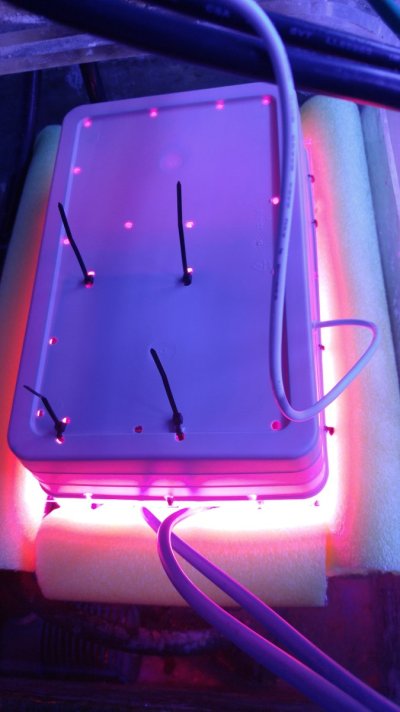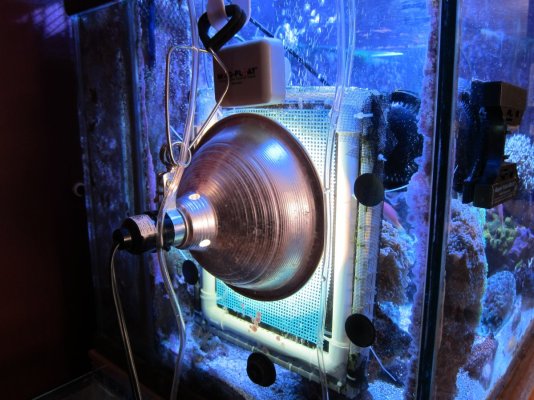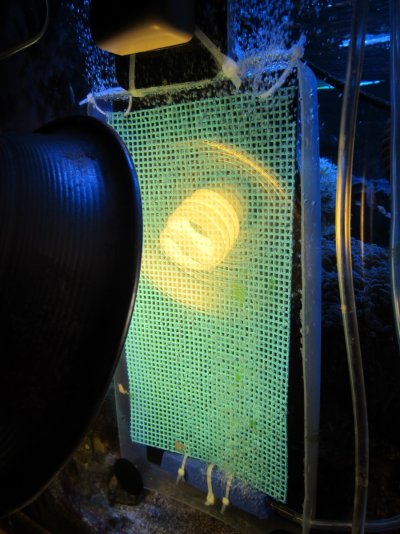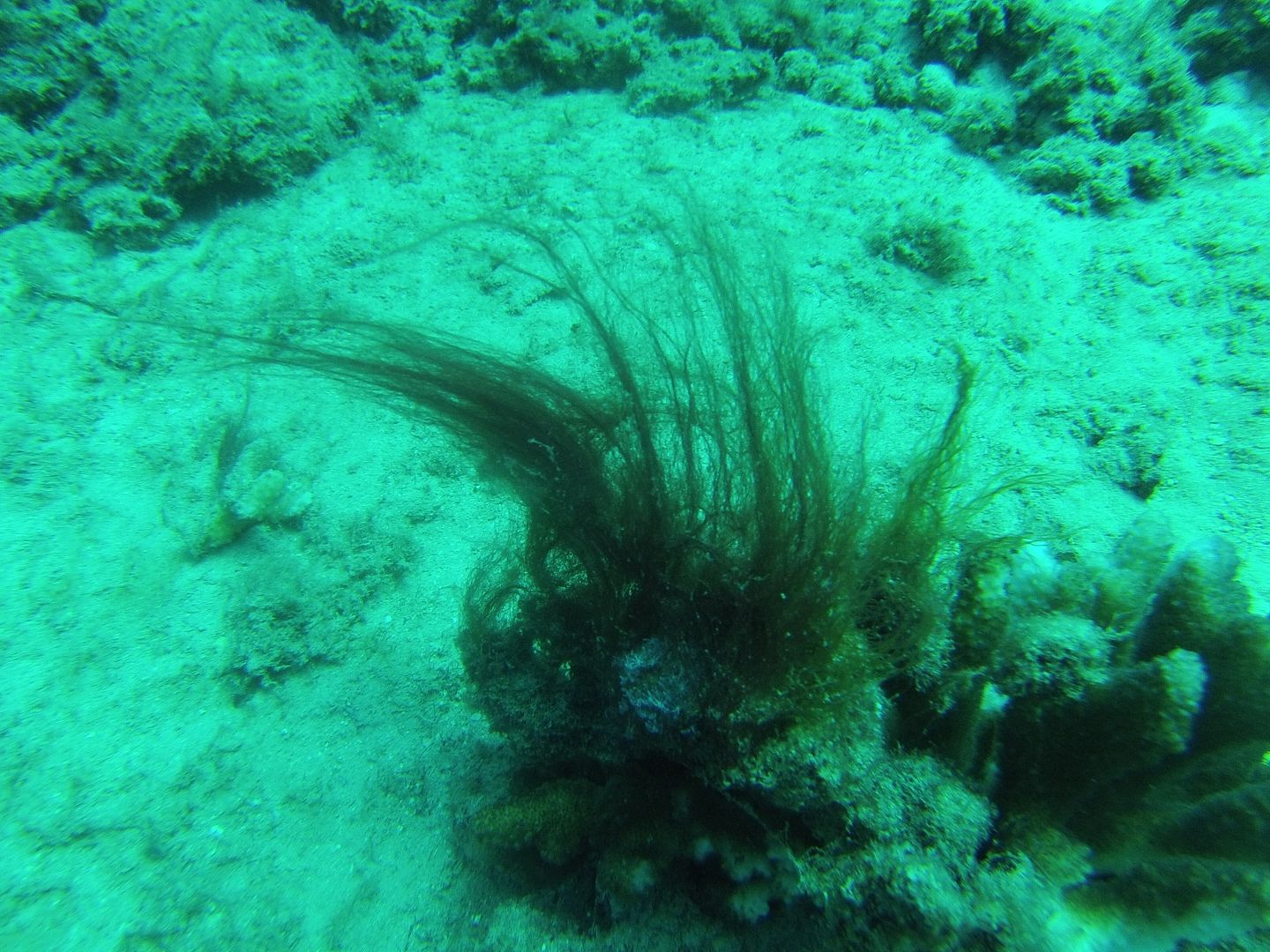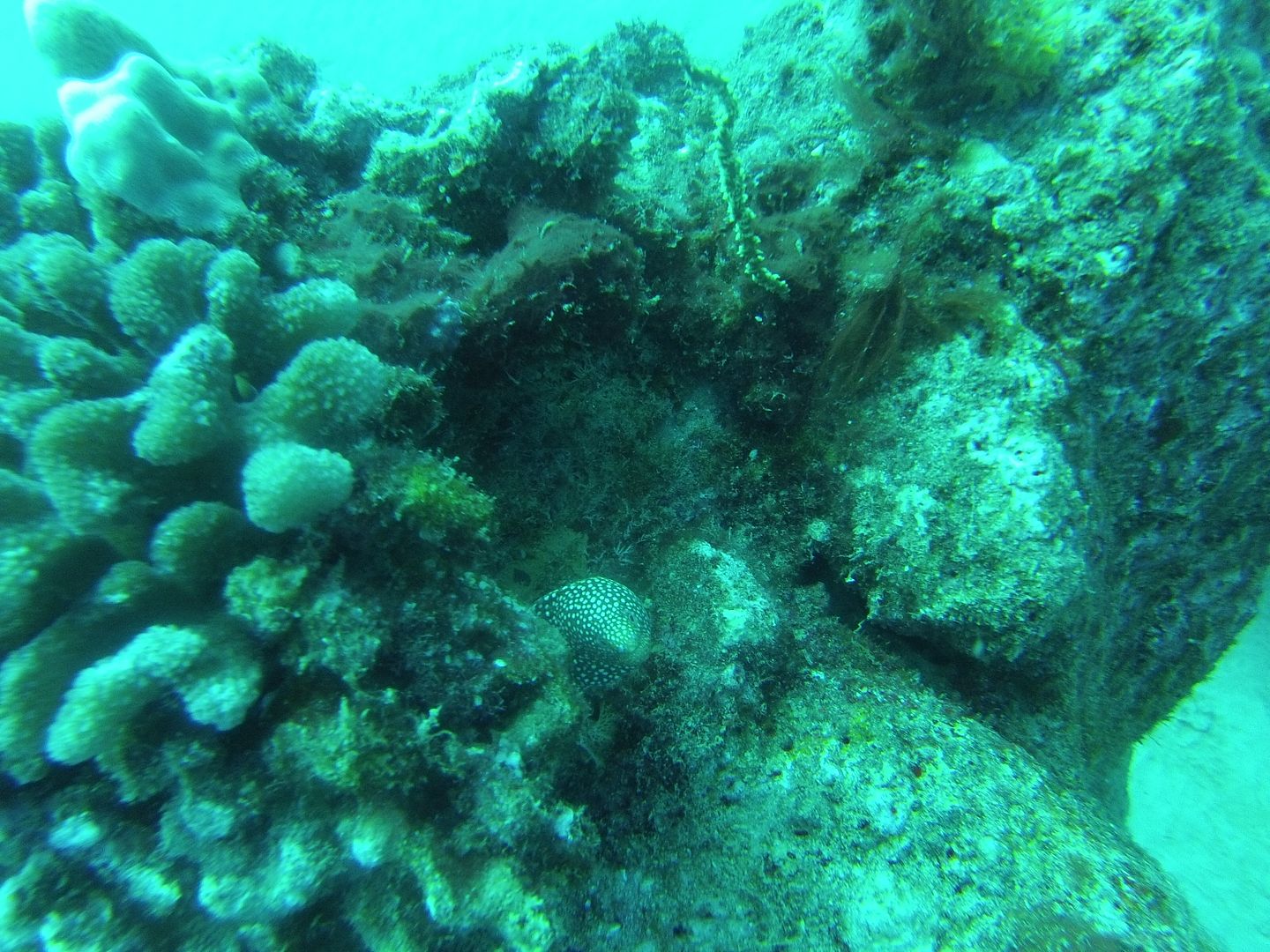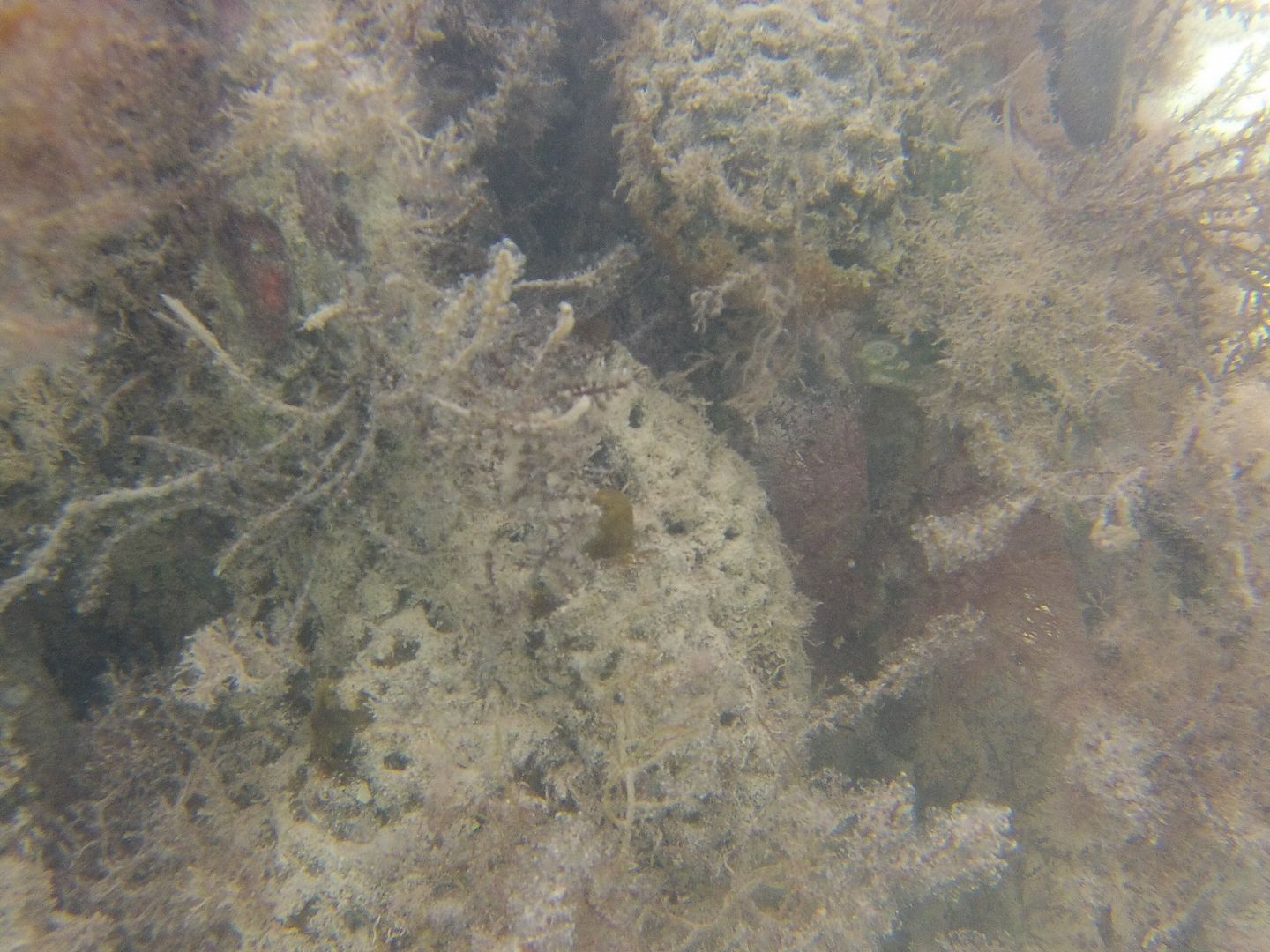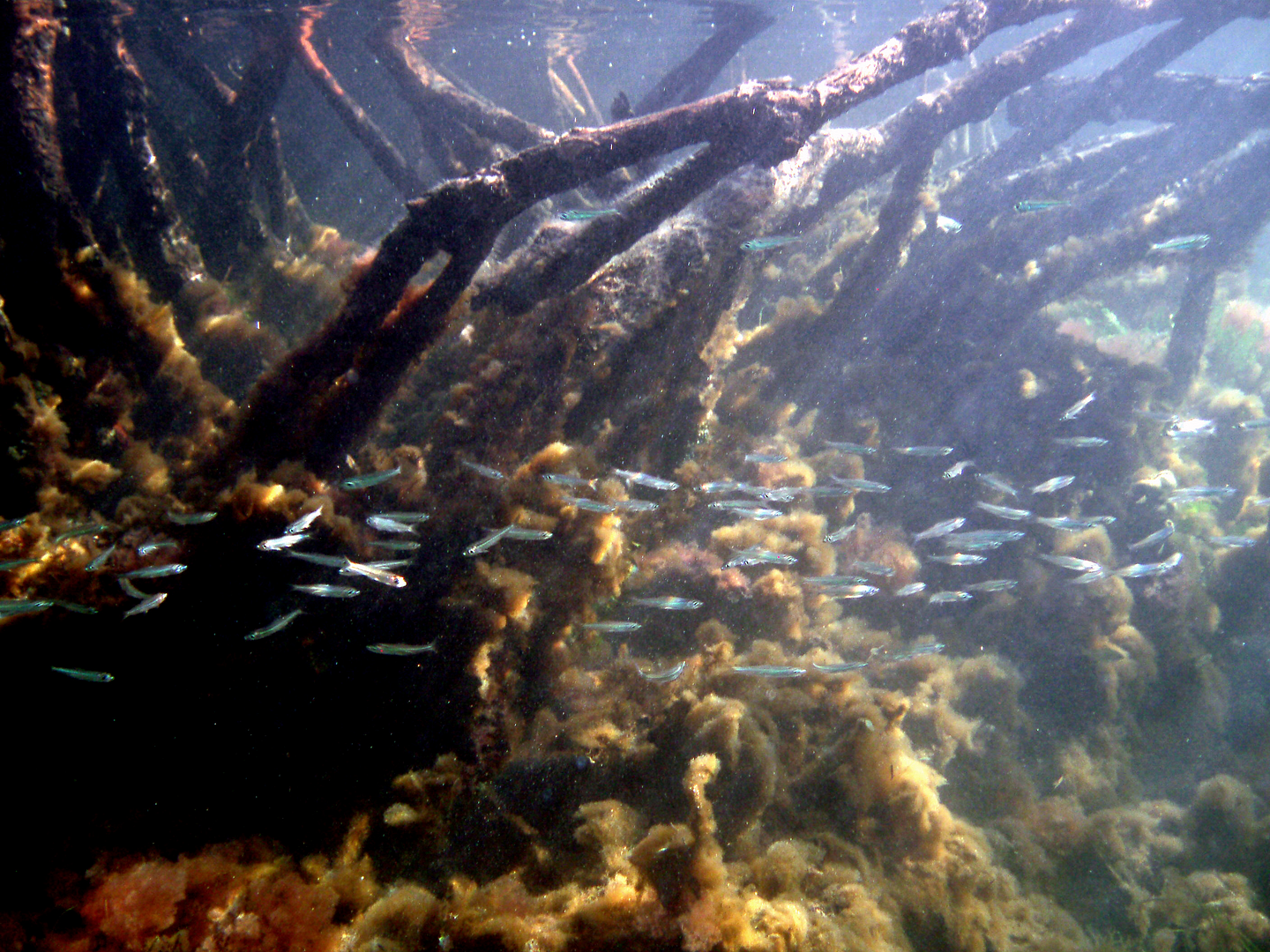I just pulled my ATS out of the sump last week as I was not getting any harvistable algae out of my scrubber over a 6 to 7 week period. I do know that I had too much going on with my filtration. ATS / Biopellets / Oversized skimmer / Roller / and Powerfilter. I feel that the ATS and Bio pellets were working against each other. ATM my Po4 holding steady at .08 and No3 at 6.1 and since pulling the scrubber my Skimmer has not produce any skim mate.
I ran the scrubber for almost 6 month before this.
I ran the scrubber for almost 6 month before this.







